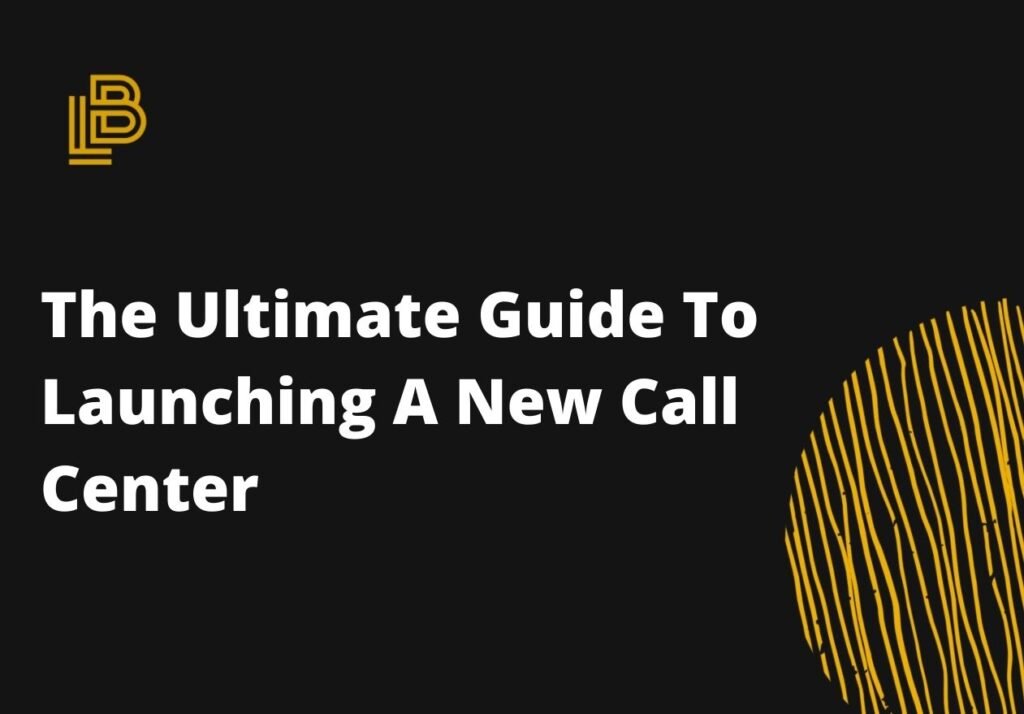When you bought your last car, did you look at the car after car trying to find the right one for you, or did you simply buy the first one you looked at? I’m going to venture to guess you shopped around and did your homework. Your customers are doing the same thing—looking at all the options out there and doing research to make a good purchasing decision.
Because of this simple fact, most of your customers won’t buy on the first exposure. For some people, the time might not be right. For others, they could be searching for the best deal. Some customers might want to see your business showing up in other places. Whatever the reason, this is why you need to be in front of these customers frequently after their first exposure, and I’m going to tell you how to stay in touch with your potential customers and increase your sales.

First, let’s understand the customer decision process. The customer decision process is basically a five-step process: need recognition, information search, evaluation of alternatives, purchase decision, and purchase evaluation. Let’s go over these steps.
5 Steps to Making a Purchase
Need Recognition
Your customer has to figure out that they have a need before they buy something. Let’s start with the car example: you decide your car is not running as well as it used to, and it doesn’t look as nice as it once did, so you’d like to get a new one.
Information Search

Your next step is to look for information about models, so you can decide what features you want and how those features will translate into benefits for your life.
Evaluation of Alternatives
At this point, it’s perfectly natural to look at alternatives to buying that product. If you’re shopping for a car, you might start considering other models or even whether you might need a truck instead or maybe a motorcycle.
Purchase Decision

Once you’ve done all the research you needed and looked at all the options, you decide the red sports car is exactly what you want. Now, you can finally pull the trigger.
Purchase Evaluation
This is where you’ll figure out whether you made a good decision. You’ll be looking for validation that it was either a good or a bad choice. It’s always more expensive to find new customers than to sell to existing customers, so this stage is paramount in making sure your customers are happy, to ensure repeat purchases.
Adjust Your Marketing For These 5 Steps
Now that you know the five steps your customers are going through to make a purchasing decision, you can help them through these steps. Since your customers won’t always buy on the first exposure, you need to make sure your customers are getting all the information they need, and then build ways to keep in touch with your customers before and after the sale.
Product Information
Make sure your website has enough information about your products, so your customers can do two things: picture the benefits your product will bring to their lives and arm themselves with evaluative information when they look at alternatives and competitors.
Email Marketing

An email newsletter is a powerful way to keep in touch with prospective customers and give them a slow feed of information after they’ve visited your site. Signing up for an email newsletter is much less of a commitment than making a purchasing decision, so customers that are vaguely interested are more likely to do this. Through email marketing, you can give your customers more information on products they were interested in and even give them alternatives that your company offers. You can also build a level of trust that is paramount to purchasing.
Social Media

The more often a potential customer sees your brand name and products in the marketplace, the more they’re going to feel a sense of trust for you. Social media is a great way to connect with them and make your brand seen. Use Twitter, Facebook and YouTube to stay visible.
Give Them Free Stuff
No, I’m not talking about giving them free products in the hopes they’ll buy. I’m talking about giving them free information that relates to their specific problem. Free reports, blog posts, white papers, etc., that give your customers usable information and feed into the rule of reciprocity.
Customer Service
Good customer service goes beyond fixing problems and listening to customers complain. Contact your customers after the sale and find out if they’re happy with their purchasing decision. If you want some examples of excellent customer service, read about Zappos and how they’re able to create brand ambassadors. They don’t sell their own products; they’re a retailer, but their customer service makes people love the company.



